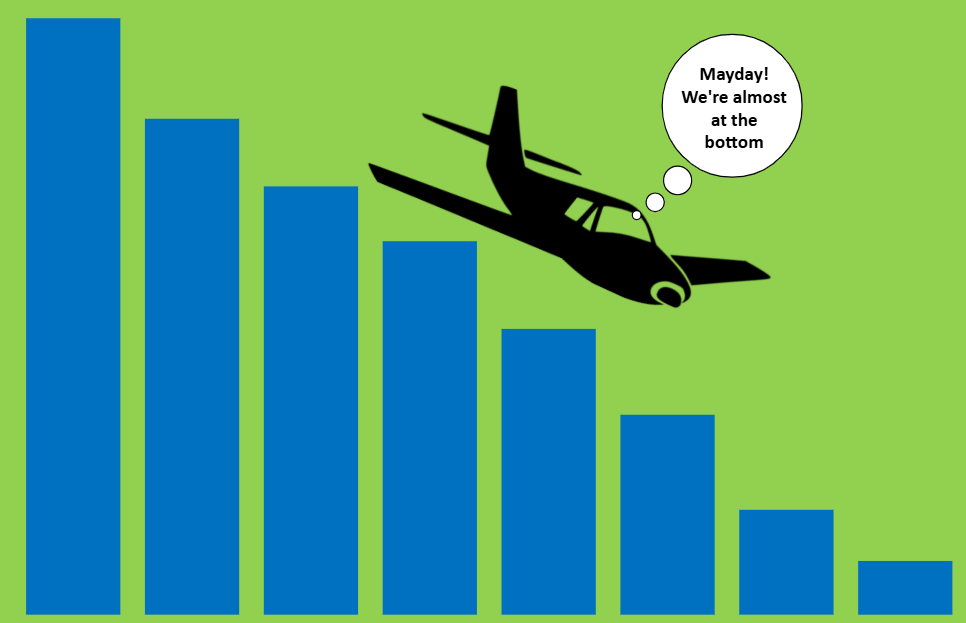Fixed-Wing Aerial Imagery vs Satellite Imagery: Unraveling the Misconceptions
- jamesmckenzie654
- Jan 9, 2024
- 2 min read

In the rapidly advancing field of remote sensing and geospatial technology, the distinction between fixed-wing aerial imagery and satellite imagery is often misunderstood. While both methods capture images from above, they have unique characteristics and applications.
Clarity and Resolution: One prevailing misconception is that satellite imagery always provides higher resolution than fixed-wing aerial imagery. The quality of imagery is affected by the amount of atmosphere between the camera and the earth. Fixed-wing platforms, equipped with state-of-the-art cameras, can offer unparalleled clarity and detail at resolutions between 3cm - 22cm. Satellite on the other hand can only provide 30cm at best currently. It is fixed winged capture that in fact provides the highest clarity and resolution.
Flexibility and Customization: Some may assume that satellite imagery is more versatile due to its wide coverage capabilities. The angle of view of satellite imagery often means greater lean over New Zealand. However, fixed-wing aerial platforms provide a high degree of flexibility and customization. Piloted aircraft can be directed to capture specific areas of interest at true nadir, enabling tailored solutions for diverse industries. This adaptability is particularly beneficial for time-sensitive projects or areas with frequent changes.
Timeliness of Data Delivery: There is a common belief that satellite imagery is readily available, while fixed-wing aerial imagery takes longer to acquire. The reality is that fixed-wing flights can be scheduled promptly, often providing more up-to-date information compared to waiting for the next satellite pass. This real-time advantage proves crucial in emergency response scenarios, urban planning, and ongoing environmental monitoring.
Cost-Effectiveness: Contrary to popular belief, fixed-wing aerial imagery can be a cost-effective solution for various applications. Fixed-wing imagery (fully processed & ortho-rectified) at 22cm resolution or better can cost around $20/NZD per sq km where satellite imagery at its best resolution of 30cm will cost $30-$40/NZD per sq km. Tasking a satellite will cost significantly more whereas fixed-wing imagery is always tasked. It’s also worth noting that satellite data may involve subscription fees. Subscription services also generally have limitations in regard to the sharing of data. So, in reality fixed-wing imagery is more usable and cost-effective in relation to defined capture and resolution.
Weather Independence: Another misconception is that satellite imagery is not affected by weather conditions, making it more reliable. In truth, fixed-wing aerial platforms can navigate through adverse weather, fly under cloud cover and ensuring data collection even in challenging environments. This resilience is invaluable for missions requiring consistent monitoring or response efforts during inclement weather events.
In conclusion, understanding the nuances between fixed-wing aerial imagery and satellite imagery is crucial for selecting the most suitable tool for a given task. Satellite has the ability to provide high frequency capture, but at much lower resolution and generally a higher cost. Each method has its strengths and limitations, and dispelling these common misconceptions empowers professionals across various industries to make informed choices when utilizing remote sensing technologies.




Comments